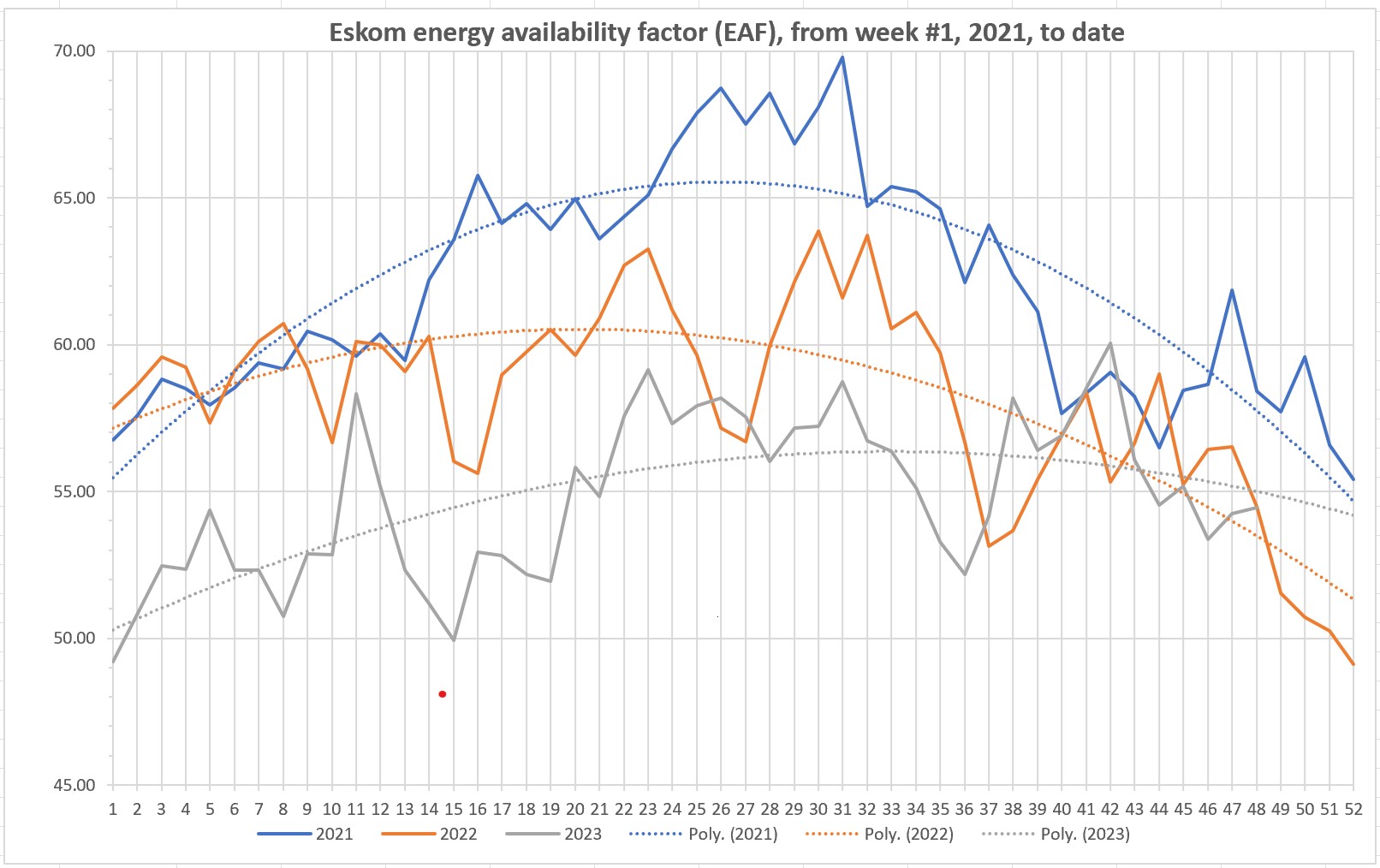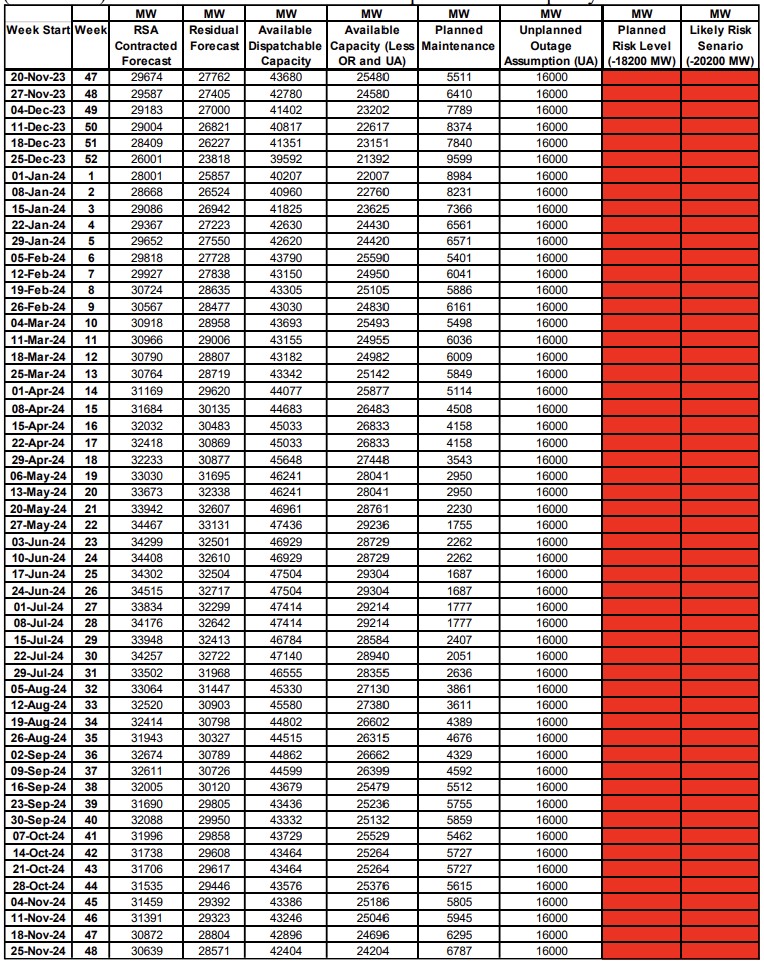Open-Ed
- Albert Einstein is credited with coming up with the observation that “The significant problems we face cannot be solved at the same level of thinking we were at when we created them.”
- I would add that the people (leaders) that create significant problems, cannot be relied upon to solve such problems.
South Africa extends such sentiments to a new level by finding itself with a de facto government in the form of the Ministry in the Presidency pitted against the regular government against the background of an outdated Integrated Resource Plan (IRP) plus a proper and legally compliant Integrated Energy Plan (IRP).
The energy crisis in the country has been largely caused by poor planning, mismanagement, corruption, fraud, looting and sabotage by the ANC led government. The IPP Office, under the leadership of the Minister of Mineral Resources and Energy, Gwede Mantashe since 2019, has only added 150MW of new generation capacity to the grid. They stand accused of deepening the country’s energy crisis. Read more
The poor leadership has resulted in a major energy crisis where this year South Africans had to brace themselves for up to 16 hours of daily blackouts this year.
In weekly press press briefing yesterday, Minister in the Presidency responsible for Electricity, Kgosientsho Ramokgopa, has urged the public to engage with the long awaited Integrated Resource Plan (IRP) 2023, which has been approved by Cabinet. IRP 2023 is now set to be gazetted for public comment by the Minister of Mineral Resources and Energy this week after cabinet approval last Friday.
The Minister urged communities, stakeholders and interest groups to engage with the IRP 2023 and send their submissions, as part of determining the country’s “energy future. This will underpin our responses in relation to how we are going to address the energy situation in the country. What is significant about this is that… the IRP 2023 computes two horizons [including up to 2030]. In the context of the energy crisis, the interventions [in this IRP]will help us in the short-term to ensure that we ameliorate the degree of the energy deficit that we are experiencing now. The IRP also computes horizon number two, which is from 2030 to 2050, and in the most bold fashion, it states what are these new sources of energy and essentially, it [deals with]our ability to be able to exploit our renewable energy endowment, and their linkages to the availability of transmission,” Ramokgopa said at the Energy Action Plan briefing on Sunday.
Performance of power plants
The Minister announced that 980 megawatts (MW) at Koeberg Unit 2 will be taken out on Monday. Unit 1 one came back last month after significant delays. Koeberg is the only nuclear power station on the continent, with each of the two units producing 980 megawatts, according to the Minister.
“It’s very significant to the energy mix, and as part of our intention to extend its life by 20 years, we took out Unit 1 to comply with the requirements of the regulator (NERSA)… Now we are taking out Unit 2 for the same purpose,” he said, noting that Unit 1 is almost at full load.
With regards to the performance of the grid over the past week, Ramokgopa said the unplanned capacity loss factor (UCLF) and partial load losses (the rate at which units are failing and not performing at optimal capacity) combined has been averaging just above 14 000MW.
“To put it into context, we have reached highs of 17 000MW of these losses. If we were to use May as our baseline, we were losing about 17 369MW. Essentially, we are better off by about 3 000MW, and that’s what we’ve been averaging.
“In fact, it looks even healthier if you were to take Saturday and today, where we’re at about 12 000MW. We have been able to introduce an improvement of about 5 000MW – 6 000MW… if you were to use the baseline of May,” the Minister said.
Respected energy analyst, Chris Yelland, CEO and founder of EE Business Intelligence, reports that Eskom week-on-week energy availability factor (EAF) for week 48, 2023. With only 4 weeks to go for the year, the Eskom EAF for the calendar year-to-date stands at 54.79% compared to 58.75 for the same period in 2022. The reality is that the ongoing blackouts will stay throughout 2024.

Eskom energy availability factory report for the last three years. Credit: Chris Yelland – X
Eskom System Operator outlook for loadshedding in South Africa for the next year. Image credit: Chris Yelland – X
The Minister said the status quo shows the “true health” of the system, without “necessarily the assistance of the open cycle gas turbines”. While these are engaged at certain peaks, Ramokgopa said they are not being used at the rates at which they have previously been.
This is a false positive narrative because Eskom is burning diesel at an alarming rate and is about to use up its budget for diesel for the current financial year. Read more
Eskom is forced to procure diesel at a premium from state owned petroleum enterprise, PetroSA. Read more
Author: Bryan Groenendaa
Disclaimer: The articles and videos expressed in this publication are those of the authors. They do not purport to reflect the opinions or views of Green Building Africa, our staff or our advertisers. The designations employed in this publication and the presentation of material therein do not imply the expression of any opinion whatsoever on the part Green Building Africa concerning the legal status of any country, area or territory or of its authorities.















